La Dolce Vita
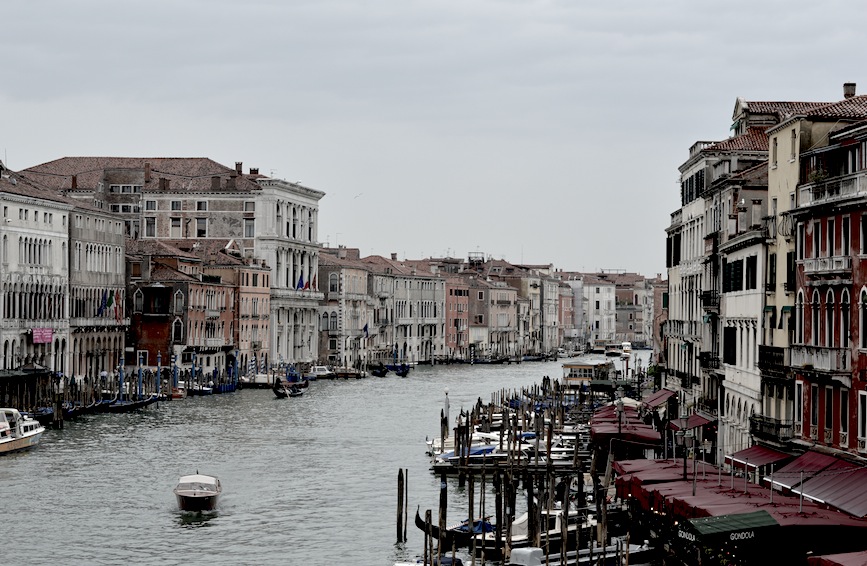
The beginning of our journey starts on familiar territory, a country we both love and know well – Italy. Cruising into the Santa Lucia train station in Venice just as the sun rises over the lagoon, does make the 12 hour train journey from Paris worth it. Still sweaty and sleepy from time spent in a 40 degrees train cabin (which I swear is the same one I took at least 15 years ago), we descended the steps along the Grand Canal and were awoken by the busy life in the city of masks.
Venezia still has a magical feel to it, if you manage to escape the tourists and souvenir shops overcrowding its narrow alleys. What they say is true, there is no longer a low season in Venice, every day people from all over the world disembark from gondolas or traghettos in search of La Dolce Vita. All is tailor-made for easy access to a touch of the Italian life – gelaterias, pizzerias, osterias abound in every corner, but do as the locals do and head over to the Mercato di Rialto.
Steps from the famous Ponte di Rialto is the noisy and well-known Mercato di Rialto. At first glance it would seem like a tourist trap as well, until you spot all the old ladies with their purses queueing for ready peeled artichokes and fresh black squid ink for their home-made risottos. Frequenting the market are a mix of locals doing their shopping and people like us eagerly gobbling up the food with our eyes and longing for our own kitchen. It is a conflicting pleasure being exposed to gorgeous produce which you cannot buy for a lack of space in your rucksack. “Just look, no touch!”
The Mercato di Rialto stands out not only for its great variety of seasonal produce, but the care with which each vendor displays his product. The origin of every ingredient is labelled, not necessarily all local, but definitely seasonal. Artichokes from Tuscany, tomatoes from Sicily, endives from Veneto. The fish are still swimming, the crabs still crawling to a background of La Vie en Rose being played by a musical quartet. OK, that part may be a little touristy, but it seems to be the song of choice of all street musicians in Venice.
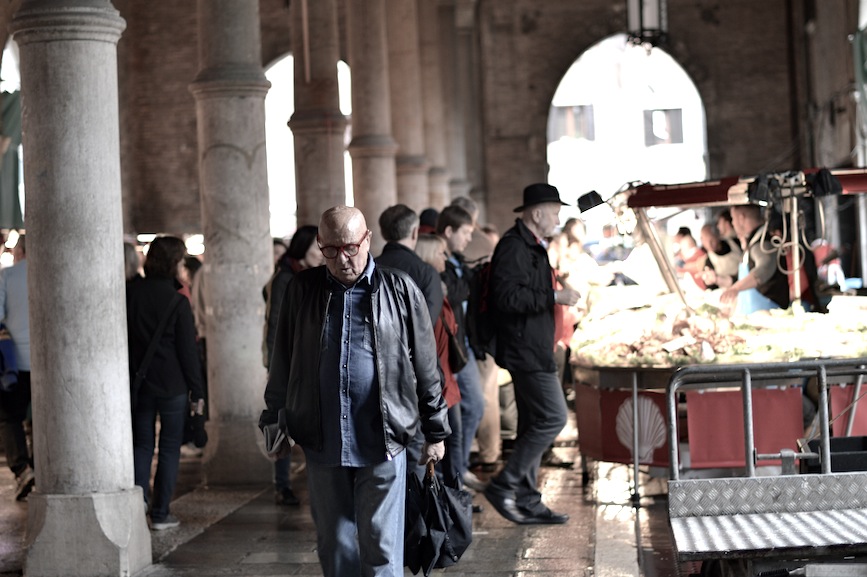
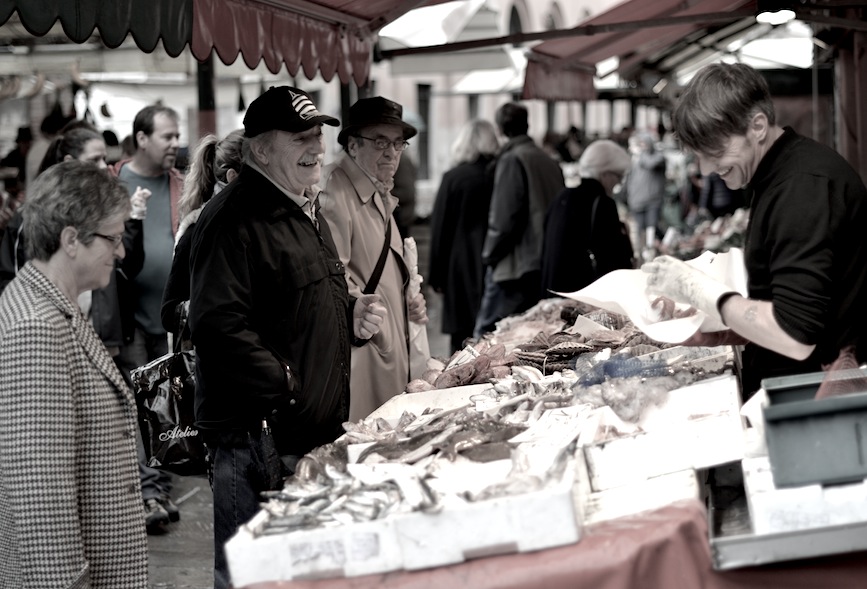
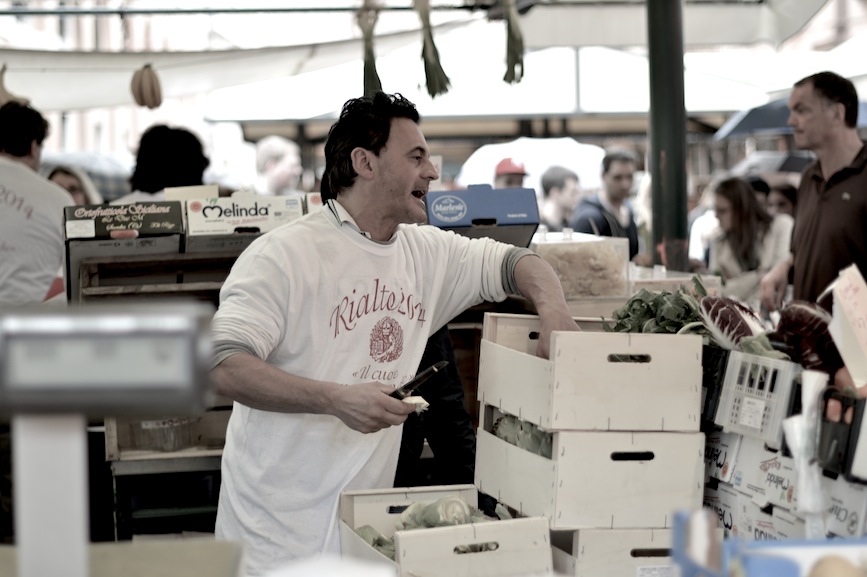
There is life as you would expect it in Italy, shouts from the vendors before the market closes, selling everything at a discount rate. Water spraying from a high pressure pump onto the floor as fish guts and goo are cleaned from a freshly sliced orata or branzino. Spices from Africa and Asia are colourful additions to counters targeted at Italians with a more adventurous palate and dried pineapples and bananas fill containers that locals tend to shy away from, but tourists dig into as one of the only things they can leave the market with.
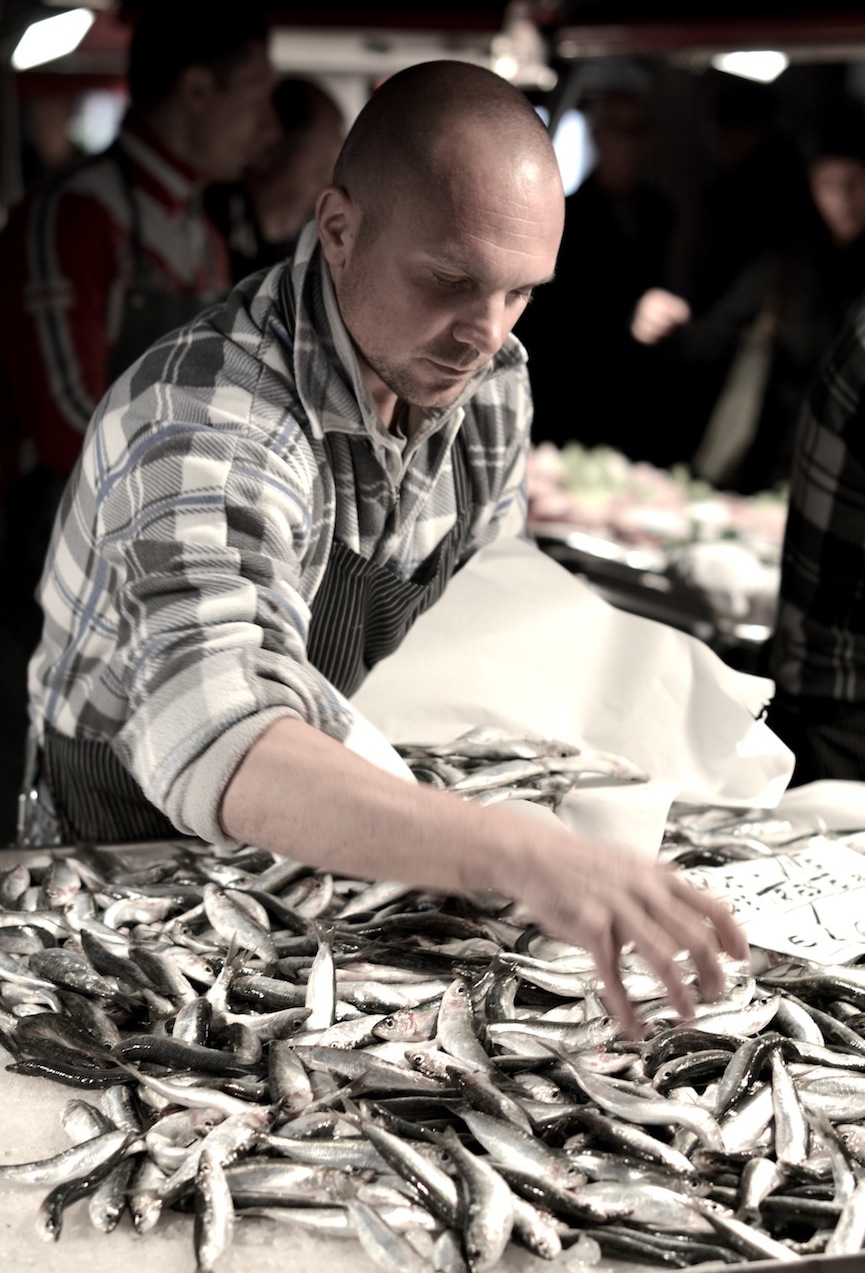
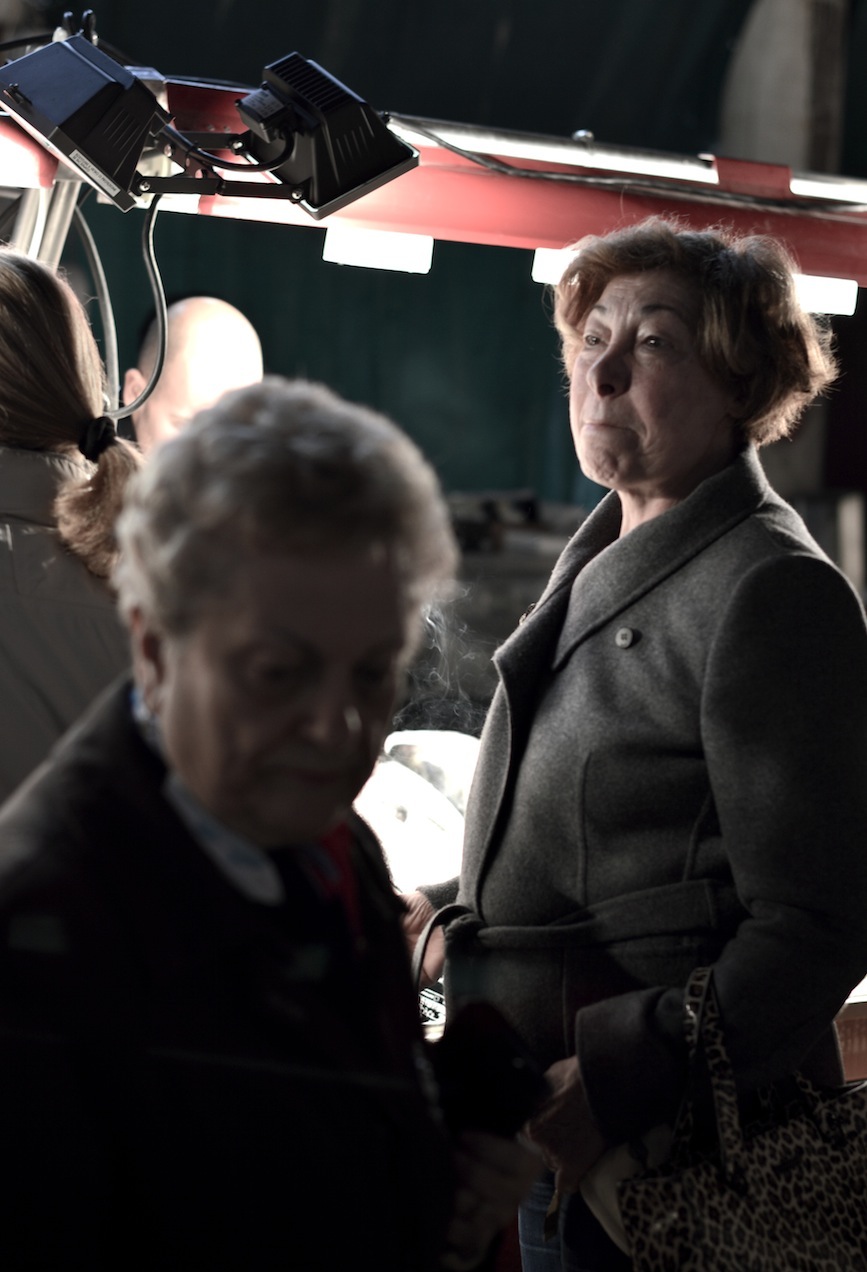
The market is as symbolic of the italian lifestyle as its cuisine, a cuisine based on fresh ingredients, it is somewhere locals frequent almost daily, filling their small fridges with only the necessary, before returning to chat with their favourite vendor the next day.
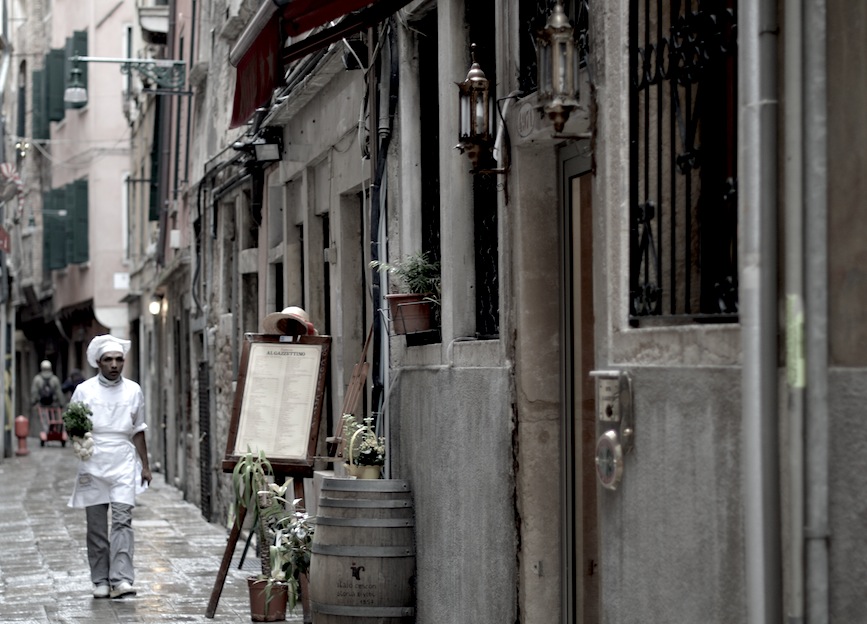
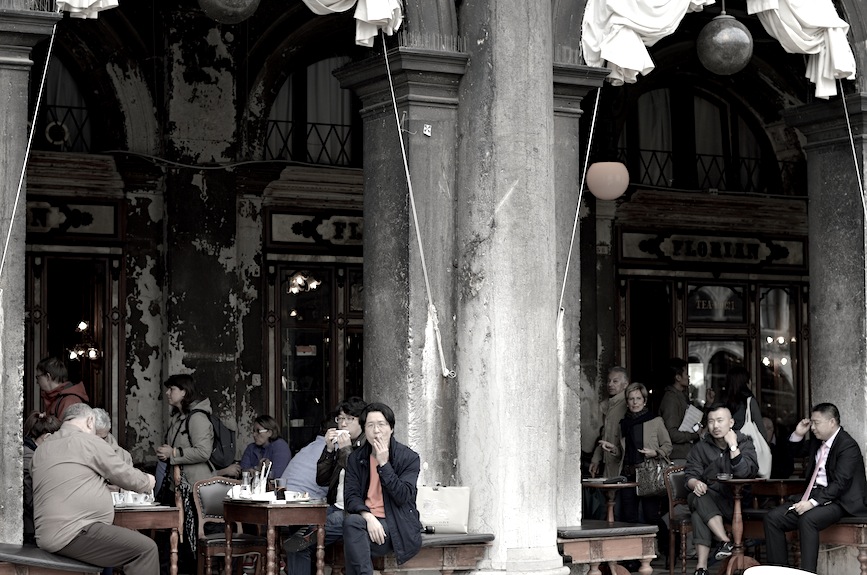
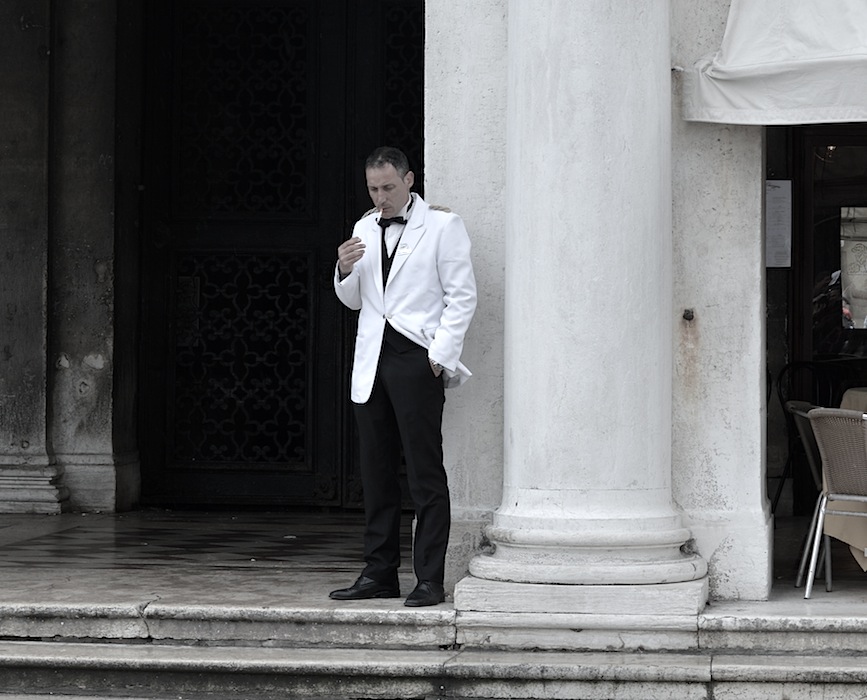
It is understandable that in the hustle & bustle of the floating city, one needs a solitary moment.
One thing is for sure, Italians know how to enjoy life. On our culinary journey towards the East, for once, we will focus on a drink. Though we savoured delectable dishes in Venice, from lasagna with radicchio di Treviso, sauces thick with fresh artichokes to ice cream that really does not taste the same anywhere else…you cannot visit northeastern Italy without sipping on a Spritz in a piazza or in the sun. Just don’t combine too many Spritz with too much sun, as the deceptively easy-to-drink cocktail will go straight to your head!
Spritz originated in the Veneto region in the 1800s while it was under the Hapsburg Empire. If you have had a Spritzer in Austria – commonly white wine diluted with sparkling water, this is its elegant cousin. The story goes that the Austrian diplomats and merchants in Veneto at the time were not sure of the local wines and thus often asked the bar men to add some sparkling water to it, overtime, it grew into a more sophisticated drink by adding various liquers to it.
When you order a Spritz, they will often ask you if you would like it with Aperol or Campari, though I prefer the Aperol version. If you do enjoy it, don’t feel shy to ask for a Spritz anywhere in Italy, it originated in the north, but is now a common aperitif from Milan to Rome.
Venetian Spritz \ˌsprɪts\
The portions are:
1/3 Prosecco/white wine
1/3 Aperol/ Campari
1/3 sparkling water
Add olives or an orange slice and lots of ice cubes – Salute!
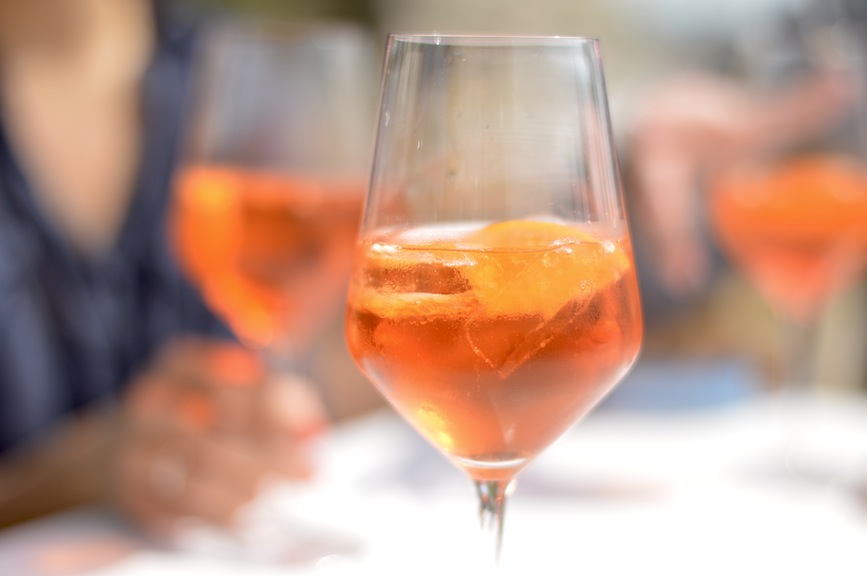
SAN DANIELE DEL FRUILI
On the way to the Croatian border we made a weekend pit-stop in Udine to visit a close friend. One of the great things about travelling long distances is getting to meet your old friends along the way, especially if they live next to one of the best prosciutto producing towns in Italy. After a mandatory Spritz on the terrace of the Castello di Fagagna, we tipsily village-hopped in the region of Fruili. Luckily we did not have the task of driving ourselves around as our friend Nini also doubled as one of our fantastic Road Warriors. He took us to the town of San Daniele del Fruili for a special lunch. You may not have heard of this town, but it is likely that you have heard of Prosciutto di San Daniele, the town’s namesake delicate crudo.
Nestled on a little hill in the Fruili region, it is incredible that the prosciuttifici (where they make the prosciutto) of this little town have managed to produce something so internationally acclaimed. This is not without reason, to qualify as Prosciutto di San Daniele it has to made under rigorous rules and can only be produced within the municipality of the town.
After gorging on Taglierini al “Sclopit” – a local wild herb which tastes like freshly cut grass in a really good way and green gnocchi with crispy prosciutto, the kind owner of the Antico Caffè Toran, Giovanni, gave us an explanation of what goes into this unique ham. The only ingredients used are Italian pork thighs, sea salt and the particular micro-climate of San Daniele. No chemicals are used and the productive cycle requires at least 14 months, though most of the ones you will get to taste are at least 22 months old.
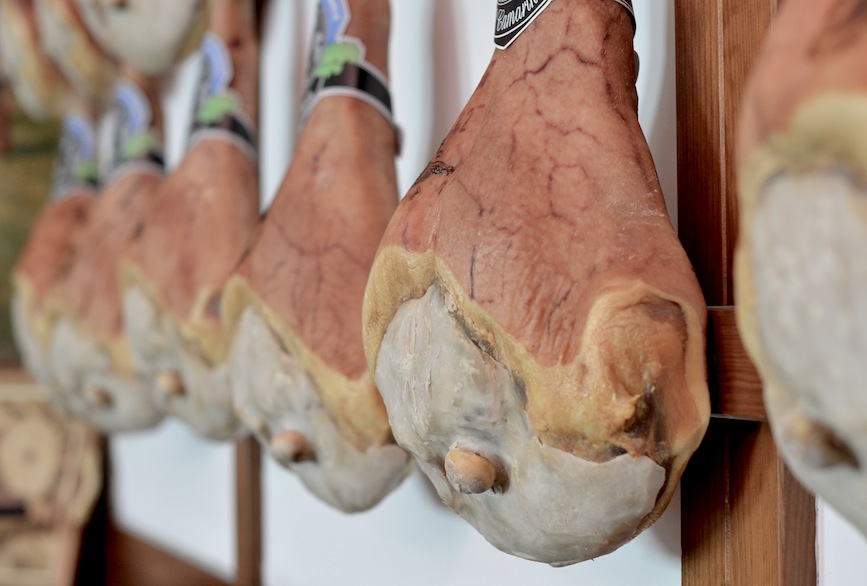
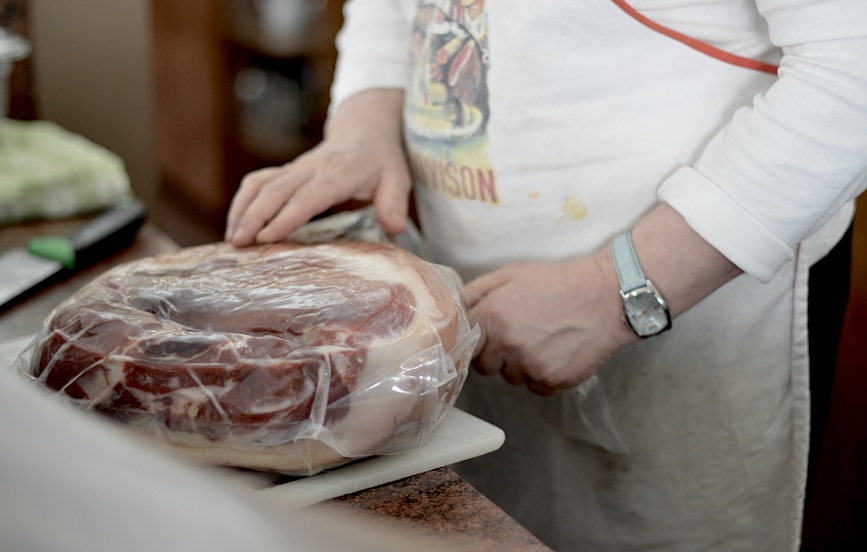

This is just another of the great local products that gives Italy the name it deserves – the country of La Dolce Vita. It’s time to hit the road again, but thank you Italy, you have ignited our palates many times over and never fail to surprise us. Until we meet again.
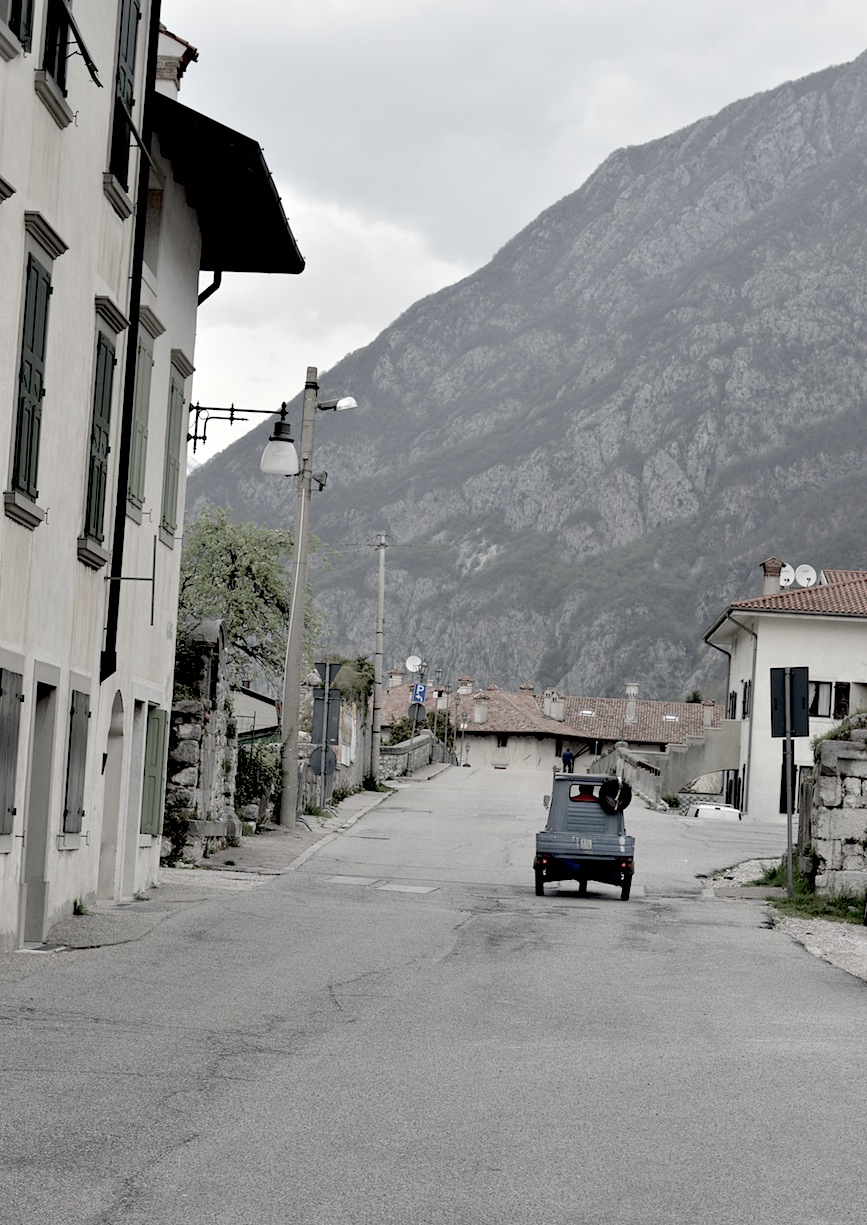







2 Comments
Jessica Peterson
August 14, 2014These are beautiful photographs. I love the color treatment.
Global Girl Travels
http://globalgirltravels.com
Travel like a lady
The Son Of Thom
December 13, 2017I love italy! I could literally move there full time!